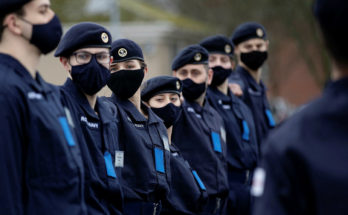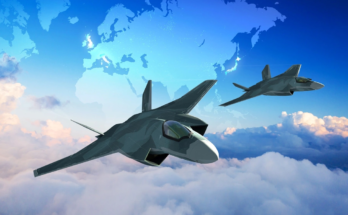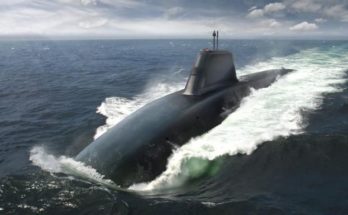
Talk: Beyond the Iron Dome: Shaping the Future of Israeli Innovation
Keynote: Brigadier General (res) Dr. Danny Gold, Head of Directorate of Defense Research & Development (DDR&D), Ministry of Defense, Israel
Israeli Brigadier General Danny Gold kicked off DSEI’s Strategic Command & Keynote Forum on Tuesday with a talk on the present and future of Israeli military innovation. He heads Israel’s Directorate of Defense Research and Development (DDR&D), charged with developing military technology that can respond to the myriad threats Israel faces, in all domains.
The Israeli air-defense network – comprised of the Iron Dome, David’s Sling, Arrow-2, and Arrow-3 systems – was born with the DDR&D, and the agency is adding improvements to it to ensure that it remains capable of efficiently addressing incoming threats. The Iron Dome is now being paired with the Iron Beam, a directed-energy weapon that can be used as an alternative to the Dome’s Tamir missile interceptor.
Brig. Gen. Gold pointed to the Iron Beam as capable of downing incoming artillery munitions, rockets, and drones, meeting the same responsibilities as the Iron Dome performs. One motivation behind developing the directed-energy component, however, is to guard Israeli skies in a cost-efficient manner. Militants in the Gaza Strip, in particular, possess large arsenals of relatively cheap rockets that can be fired en masse during skirmishes with the Israeli Defense Forces. Tamir interceptors can cost up to $100,000 each, creating cost asymmetry between attacker and defender. Using both the Tamir interceptor and the Iron Beam simultaneously will lower the price of performing air defense.
To assist urban missions, the DDR&D is developing a drone swarm concept, using mini-drones that communicate with one another and the wider network to help IDF units develop an accurate picture of the battlefield. These drone swarms can aid troops deployed to the area, or help artillery units identify and respond to militant positions, particularly those firing rockets towards Israel.
In the same way that the DDR&D works to adapt the IDF to meet evolving threats, the DDR&D itself must adapt to market conditions. Brig. Gen. Gold highlighted the importance of civil defense cooperation, given that many technologies that emerge in the civilian space can have military applications, as well. Israel is increasingly working with start-ups in the dual-use space. These companies have their own particulars in comparison to working with the more established defense manufacturers, requiring the DDR&D to be nimble in how it interfaces with them, but including them in the technology development chain has been a boon for Israeli innovation.
The stakes for Israel are incredibly high, given its threat profile with hostile militant groups on multiple borders. This reality puts a premium on the DDR&D’s efforts, which enable the IDF to stay a step ahead of its rivals.
Military markets analyst, covering Eurasia, Middle East, and Africa.




